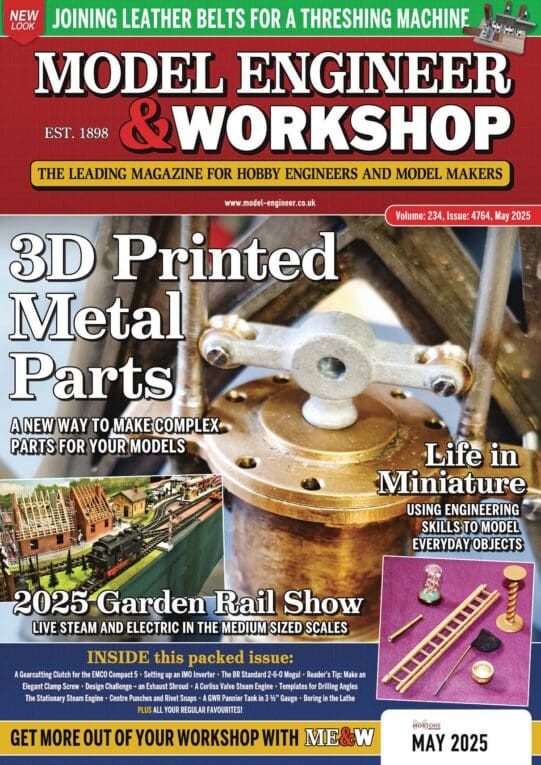+1 for bed iron being horrible stuff!
…
Howard
I read years ago that it’s because for many decades British bed-irons were made from recycled tramlines. Tramlines were made from high wear resistant Manganese Steel, hard, tough, with low ductility. Having expensively dug up a road and buried rails in it, no-one wants to have to replace them in their lifetime! That style of sprung platform for beds, no longer popular, coincided with the end of trams, and some genius spotted a way to make money!
Manganese rail is easily converted into angle by heating and rolling it in a mill, and I imagine it being sheared and punched very cheaply into bed-irons at the same time. Unfortunately, Manganese Steel is difficult to machine and weld, putting it on my Model Engineering avoid list. Not impossible to machine but slow progress and a quick way of wearing out tools.
When a manufacturer chooses metal, he does so to suit his requirements, not those of a model engineer 50 years later! As manufacturing has a much wider range of methods available than a small workshop, such as stamping, rolling, casting, grinding, moulding, extrusion, drawing, spinning, and explosive forming, no-one should be surprised if their nice bit of scrap is actually a present from Beelzebub!
Although Vic’s metal is emitting ‘I may be nasty’ warning signals, he reported later ‘ it cut just fine with both HSS and carbide tooling’. But ‘it cut just fine’ is doesn’t tell us much because the measure is ‘how much metal was removed before the cutter went blunt’, not ‘cut OK for the short time I tried it’.
Only the man on the spot can decide if it’s worth persisting with awkward scrap; it’s a balance between the cost of the material (cheap scrap), and the cost of cutting (time, cutters, and wear and tear on the machine.) These days I usually buy known machinable metal, but my part of the UK has few scrapyards, none friendly, and not much local industry cutting metal. Others seem much more fortunate.
As to holding long angle, I’d clamp it direct to the mill table – too bendy for a vice.
Dave
Nigel Graham 2.







